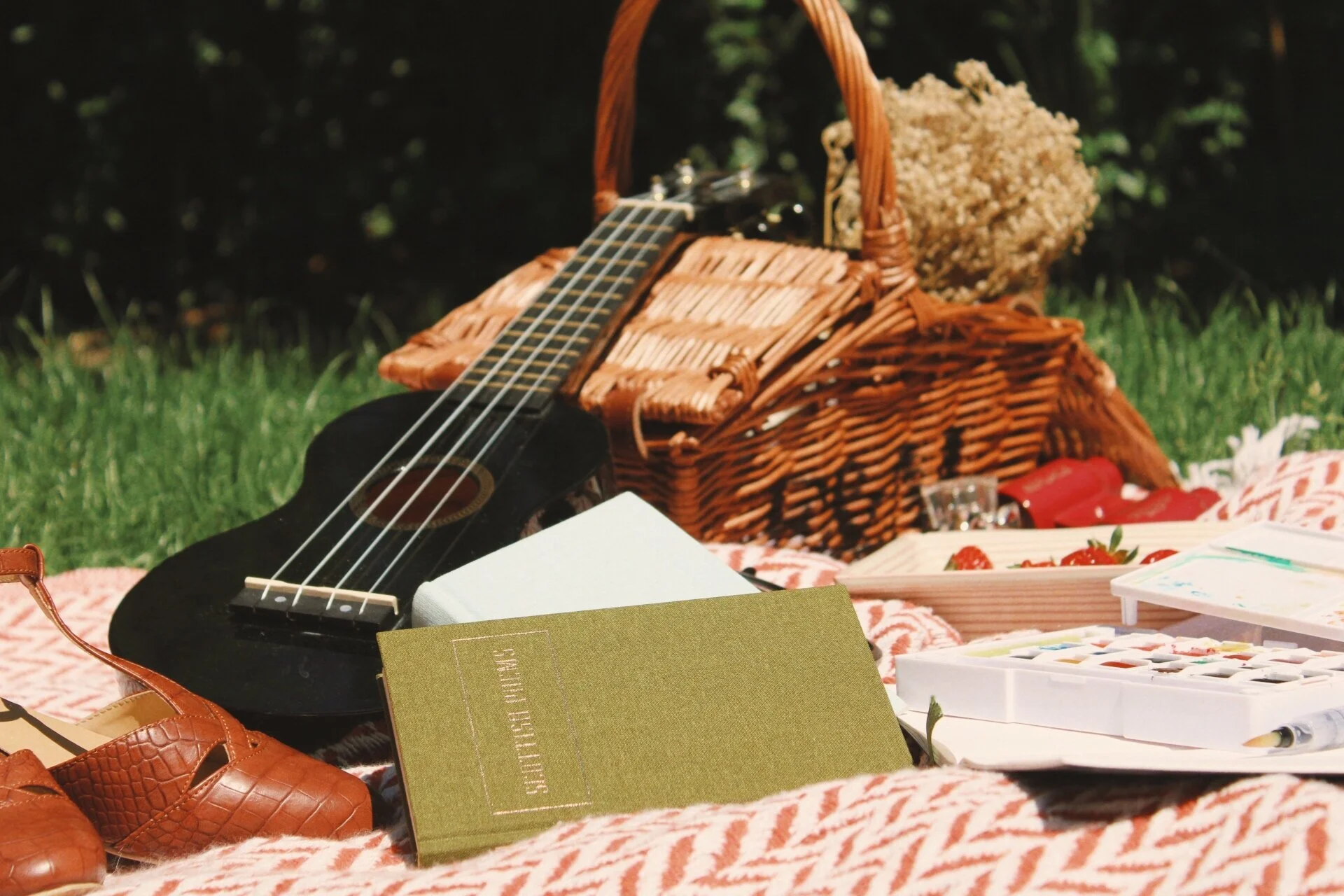Exploring the Cottagecore Aesthetic
The cottagecore aesthetic is a relatively new fashion and lifestyle aesthetic based around a rural, countryside ideal of small rustic homes and fields of wild-growing flowers. It has taken the world by storm, developing first on Tumblr, where most aesthetics tend to start, before making its way over to TikTok, where it is now a major ‘side’ of the app. With warm tone photos of flowers, images of girls running through fields in flowing white dresses, cottagecore is certainly pleasant on the eyes, but there is more to this aesthetic.
Cottagecore is centred on the ideals of nature and a more basic lifestyle, where you live off the land and live as one, in harmony with nature, helping the survival of the land and the environment. Online there are many cottagecore influencers who show their idyllic rural lifestyles, creating videos where they show how they make their own jams with berries they have grown themselves in their own gardens, or how they have been restoring their old, dilapidated cottages. Search the hashtag ‘cottagecore’ in TikTok and 3.5 billion videos come up showing this picturesque way of life. But interestingly, search cottagecore on google and one word will often show up after. Lesbian. The cottagecore aesthetic has found itself incredibly popular among the WLW (women loving women) community, with the cottagecore lesbian now a coined term among the LGBTQ+ community, much like granola lesbian or butch lesbian. Perhaps this lifestyle has become so popular with the WLW community because it allows us to connect with a more old fashioned and simple lifestyle that we were not able to live in, in years gone by, due to our sexualities. It’s an escape from the bustling and hectic world of the city in 2020 (and the subsequent chaos this year has brought.)
While the cottagecore aesthetic may seem tranquil, it is not without its controversies. The aesthetic has also been adopted by more conservative groups of people, including the tradwives of the internet, heterosexual women that are more often than not very religiously Christian and have typically outdated political and ethical views. While everyone who follows the aesthetic wants to reject some form of modern life, for the tradwives these forms of modern life are more often than not marriage equality and they are probably all lives matter kind of people too. It must also be discussed that you have to be in a privileged position in terms of wealth to live this lifestyle completely, it is simply not an attainable lifestyle for most people. However, it is perhaps easier to have a cottagecore fashion style.
Cottagecore has bought around a resurgence in popular media of vintage, antique and historically inspired garments, making it a dream style for someone like me who adores fashions of eras gone by. Long dresses of white linen of the Edwardian era and the square necklines of the 18th century are back in style, with many choosing to style their clothing based on films like the 2005 adaptation of Pride and Prejudice and the 2019 version of Little Women. Natural and often muted colours are preferred, with whites, browns and muted pinks being favoured among many. Natural fibres like linen are coming back into popularity and brands such as Son de Flor and Little Women Atelier have found themselves as a centre point for cottagecore fashion and inspiration.
One can not really pinpoint where or when cottagecore started exactly, but it boomed exponentially in the early months of 2020. When Covid-19 forced everyone to stay at home, many found themselves in the kitchen, baking up a storm of sourdough and banana bread. This brought people closer to the more mundane and slow-paced life that the cottagecore aesthetic admires, and as people had more time on their hands they delved into this new and peaceful ideal. Nintendo’s release of their highly anticipated Animal Crossing: New Horizons in March also brought about a newfound love of nature and wholesomeness, with many saying that cottagecore is like Animal Crossing but in real life.
As a self-proclaimed vintage/antique/retro/cottagecore lesbian, I can say that for me the growth of the cottagecore aesthetic has helped me feel much more confident in my style, my dreams and aspirations. Will I end up living in a cottage in the countryside with my wife and live off my own land, we’ll see but for now, I see no harm in a romanticised view of an idyllic life. And, well, we’ll never see me complaining about Edwardian inspired style making a comeback!


